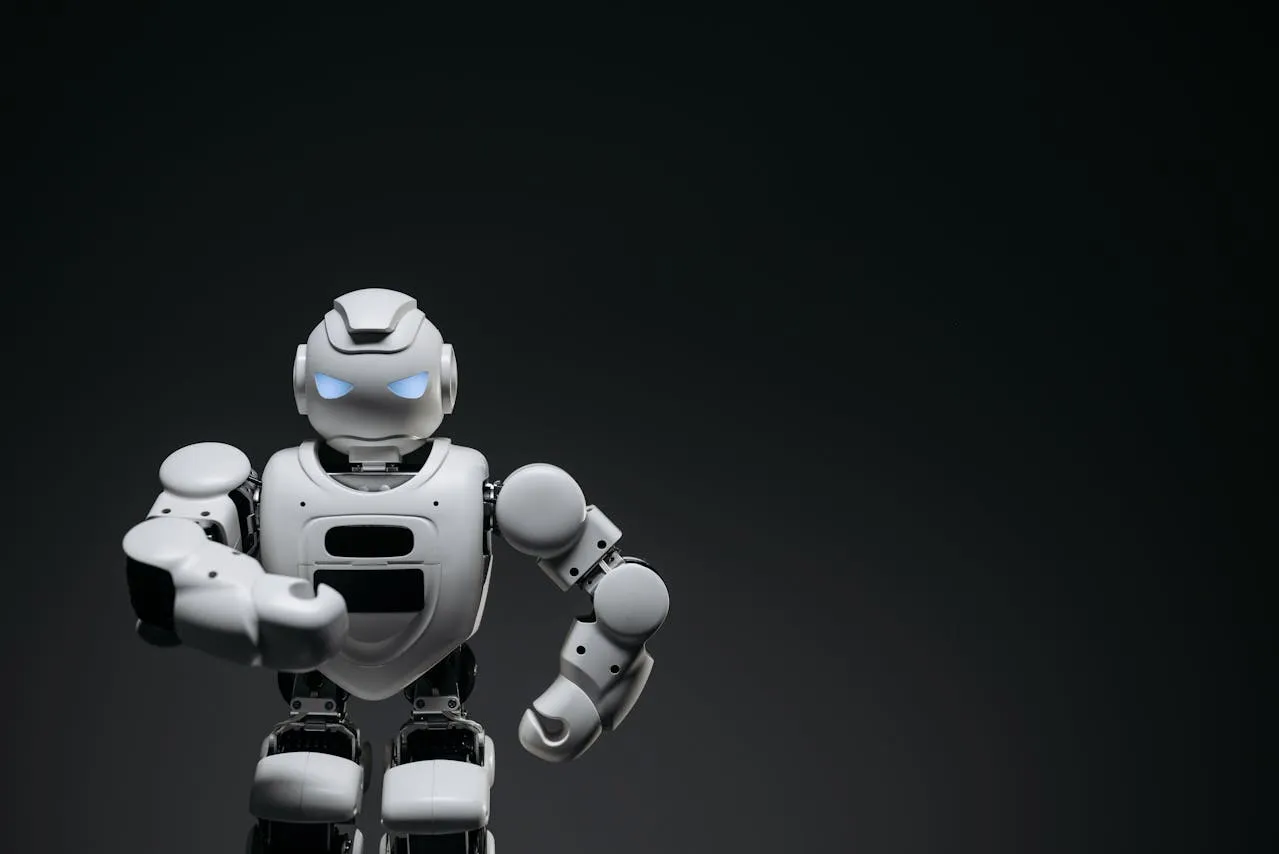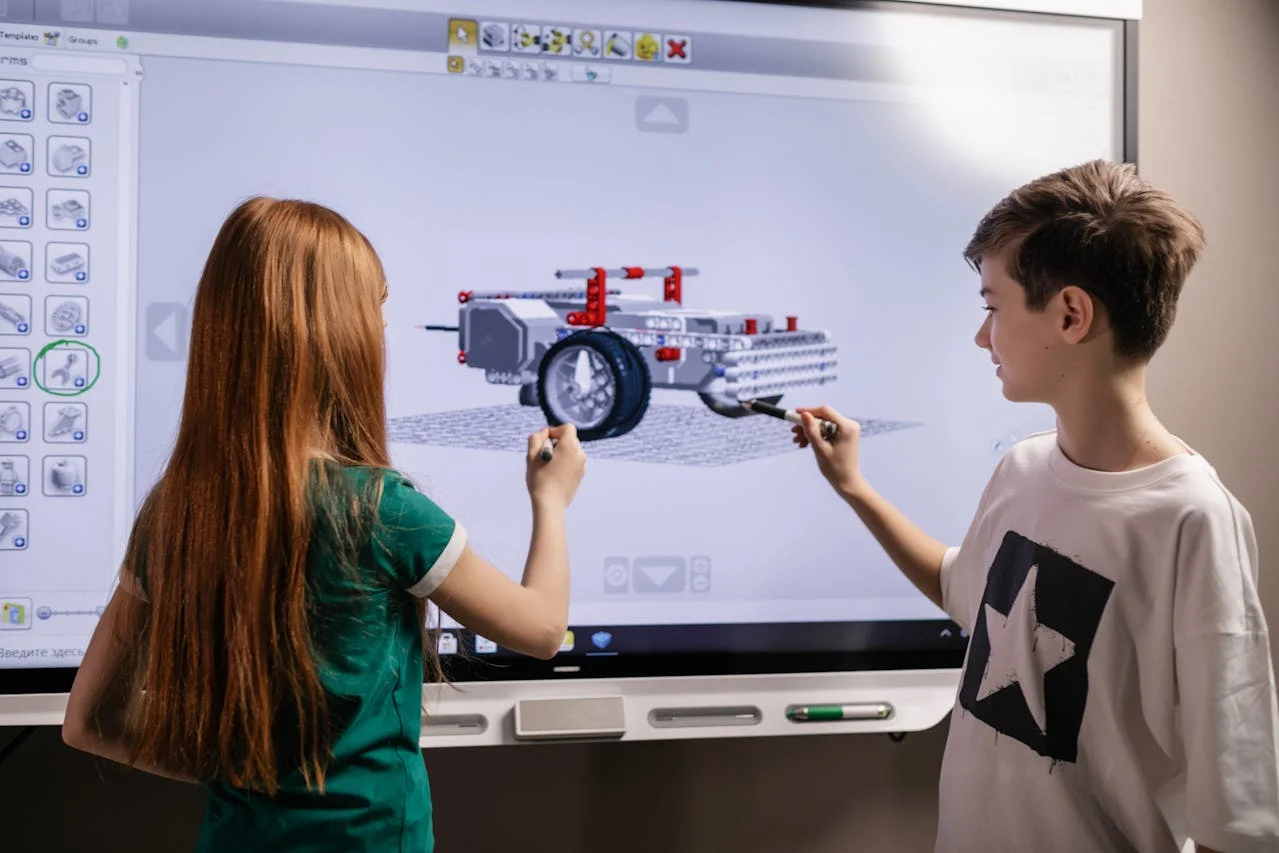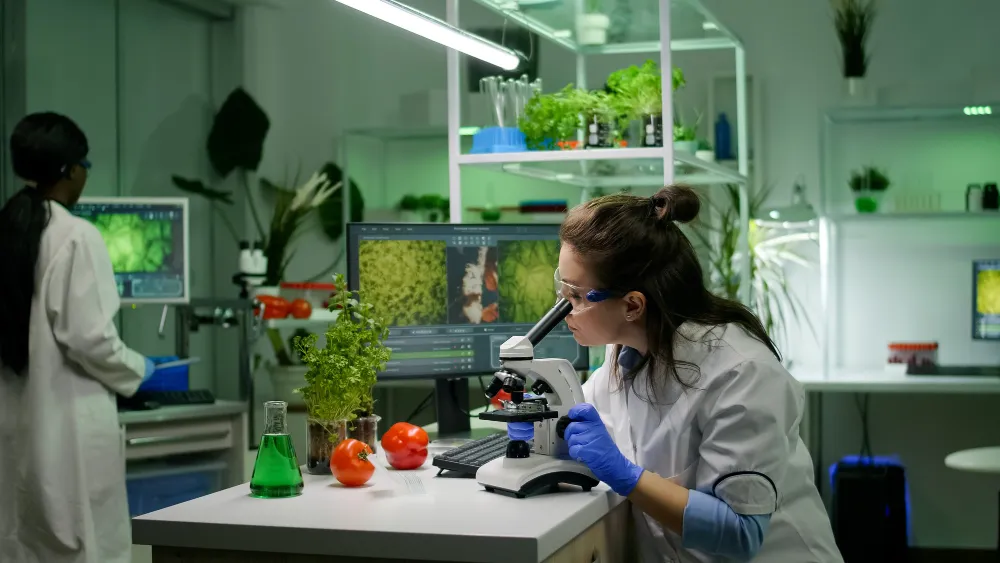In recent years, the field of robotics has experienced a significant shift with the emergence of collaborative robots, or "cobots." Unlike traditional industrial robots, which typically operate in isolation within safety cages, cobots are designed to work alongside human operators in a shared workspace. This new breed of robots is revolutionizing manufacturing and other industries by enhancing productivity, improving safety, and fostering more flexible and efficient workflows. This article explores the rise of collaborative robots, their benefits, and the transformative impact they are having on various sectors.
Defining Collaborative Robots
Collaborative robots are characterized by their ability to work safely and effectively alongside humans. Unlike traditional robots, which often require physical barriers to prevent accidents, cobots are equipped with advanced sensors, machine learning algorithms, and safety features that allow them to operate in close proximity to human workers. These robots are designed to handle repetitive, strenuous, or precision tasks, enabling human operators to focus on more complex and creative activities.
The key advantage of cobots is their flexibility and ease of integration into existing workflows. They are often lightweight, easy to program, and capable of adapting to different tasks without requiring extensive reconfiguration. This adaptability makes them particularly valuable in dynamic environments where production needs may change frequently.
Benefits of Collaborative Robots
- Enhanced Productivity: Collaborative robots can significantly boost productivity by taking over repetitive and time-consuming tasks. In manufacturing, for example, cobots can handle tasks such as assembly, packing, and quality control with high precision and speed. This allows human workers to concentrate on tasks that require problem-solving, decision-making, and creativity, ultimately leading to more efficient and effective production processes.
- Improved Safety: Safety is a major concern in industrial settings, where traditional robots can pose risks to human workers due to their size, speed, and power. Cobots, however, are designed with safety in mind. They are equipped with sensors that detect the presence of human operators and adjust their movements accordingly to prevent accidents. Additionally, their ability to operate without safety barriers reduces the need for physical separation, creating a more open and collaborative work environment.
- Cost-Effectiveness: The cost of implementing collaborative robots is often lower compared to traditional industrial robots. Cobots are typically more affordable, easier to set up, and require less specialized maintenance. Their versatility also means that they can be quickly reprogrammed and repurposed for different tasks, providing a cost-effective solution for companies with diverse production needs.
- Increased Flexibility: Collaborative robots can be easily integrated into various applications across different industries. For example, in the automotive industry, cobots can assist with tasks such as welding and assembly, while in electronics manufacturing, they can handle delicate components with high precision. This flexibility makes cobots an attractive option for companies looking to adapt to changing market demands and improve operational efficiency.
Impact on Industries
The rise of collaborative robots is having a transformative impact across various industries. In manufacturing, cobots are helping companies achieve higher production rates and better product quality. In healthcare, they are assisting with tasks such as surgical procedures and patient care, improving outcomes and reducing the strain on medical professionals. In logistics and warehousing, cobots are streamlining processes such as picking and packing, enhancing efficiency and accuracy.
Despite their advantages, the adoption of collaborative robots also presents challenges. Ensuring seamless integration with existing systems, addressing potential workforce concerns, and maintaining ongoing training and support are critical factors for successful implementation.
In conclusion, collaborative robots represent a significant advancement in the field of robotics, offering numerous benefits including enhanced productivity, improved safety, cost-effectiveness, and increased flexibility. As technology continues to evolve, cobots are poised to play a crucial role in shaping the future of work, fostering more efficient and collaborative environments across various industries. The continued development and adoption of collaborative robots will undoubtedly drive innovation and contribute to the advancement of human-machine interaction.





















